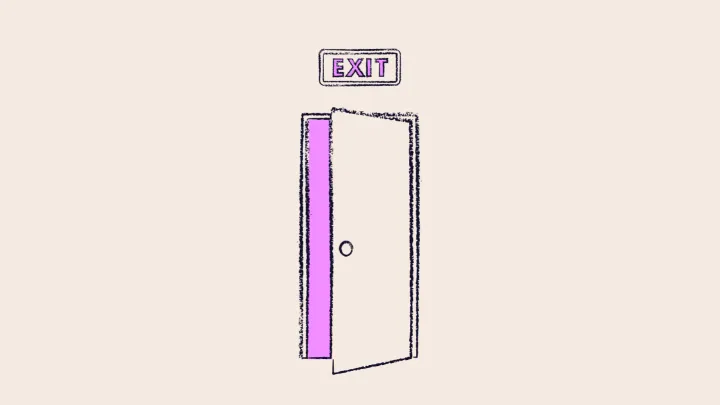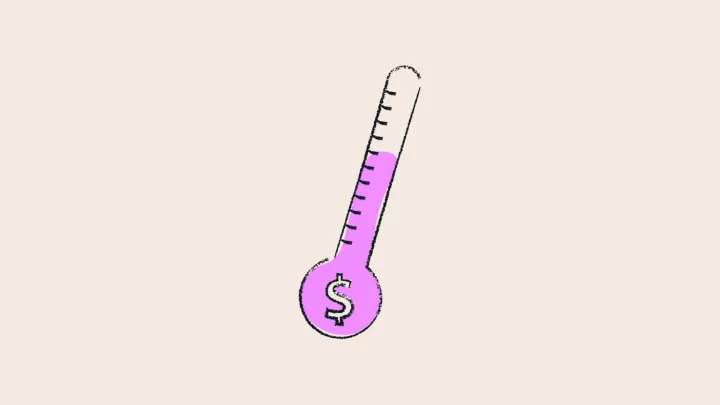What are the different types of employment status, and how should an employer use them?

What is an employment status?
A person’s employment status is what defines the rights and employment protections they are entitled to at work, and therefore dictates the responsibilities that an employer owes to that employee.
Whenever you hire a new employee, it is up to you as their employer to decide what type of employment status you are hiring them under.
The employment status you choose is going to have a big impact on the way they work, and it's essential to make sure you follow HR compliance.
If you’re running a small business, it’s important that you understand the different types of employment status so you can choose the right one. If you don’t choose the correct employment status, it could make your life really difficult further down the line.
But before we get to that… we need to cover the different types of employment status.
What are the 3 types of employment status?
There are three different types of employment status.
- Worker
- Employee
- Self-employed
Employment status 1: Worker
The ‘worker’ status is the most casual of the three different types of employment status. A person is generally defined as a ‘worker’ if:
- They have an arrangement to perform work or services.
- They have to turn up for work even if they don’t want to.
- They cannot subcontract their work out to other people.
- They aren’t doing the work as a limited company (that would make them self-employed).
Anyone classified as a worker is entitled to the following employment rights:
- The National Minimum Wage
- Paid holiday
- Payslips
- Protection against unlawful discrimination
Employment status 1: Employee
The ‘employee’ employment type covers anyone working under a contract of employment. Employees enjoy all the protections of a ‘worker’, but with a range of additional employment rights and protections. A person is generally understood to be an employee if they:
Have a contract of employment (that doesn’t necessarily need to be a written contract, though – sometimes, a verbal contract is enough – download our employment contract template right here if needed).
- Are generally required to work regularly unless they are on some form of leave – for example, sick leave or parental leave.
- Receive paid holiday.
- Are subject to redundancy procedures.
- They are also usually required to work a minimum amount of hours, and they can’t subcontract someone else to do their work for them.
People falling under the ‘employee’ form of employment status enjoy all the employment protections of a ‘worker’ in addition to the following:
- Statutory Sick Pay (SSP)
- Statutory Redundancy Pay (SRP)
- Statutory maternity, paternity, adoption and shared parental leave and pay (workers don’t receive leave – just the pay).
- Protections against unfair dismissal
- Minimum notice periods (you should also think about setting a probation period for them)
- The right to request flexible working
Employment status 3: Self-employed
The final type of employment status is self-employed. A person is self-employed if they run their own business for themselves and are solely responsible for its success. They are not protected by the employment rights enjoyed by employees, simply because they don’t have an ‘employer’ in the same way.
You can usually tell that someone is self-employed if:
- They don’t get holiday or sick pay when they’re not working.
- They give out ‘quotes’ for their work.
- They submit invoices once their work is done.
What they usually do have is a contract with their client/clients, which will set out the obligations or rights they have in relation to the person who pays them for that work.
Why is it important to determine employment status?
So, those are the different types of employment status, but we still have a few more questions to answer. First up – why does employment status matter?
If you’re looking to hire someone to work at your small business, then it’s really important you choose the right type of employment status for the work they’ll be doing. Here's why:
- The employment status that you choose is going to go a long way towards defining your new relationship with your employee – you need to choose the one that best describes how you are going to work together.
- Choose the wrong one and you can cause yourself some real problems further down the line. You could commit your company to offering out more employment security than it can really afford, for example – or you could find yourself underhanded at key moments because you aren’t able to rely on your team to be available when you need them.
What employment status should I use to hire for my small business?
In order to select the right employment status for your new hire, you first need to think about the kind of work you need them to do. For example, ask yourself questions like:
- How long might this work take?
- Is it a long-term project or a quick fix?
- Does your business depend on this work being completed reliably by a particular time? Or can it be worked on at any point?
- Does this work take time to learn, or can it be picked up pretty quickly?
Once you’ve answered those questions, you should be in a better position to decide which type of employment status they should come under.
This is because the different types of employment status demand different things of the employer and employee.
- The ‘worker’ employment status is a very flexible arrangement – the employee generally cannot force a worker to accept any work they are offered, but neither are they obliged to offer the employment protections of a fully-fledged employee.
- The ‘employee’ employment status offers much more stability – it gives the employer much more security in that it can rely on the employee to keep on fulfilling their duties – but in exchange for a much more secure employment package for the employee.
- The self-employed employment status offers the worker by far the most freedom and flexibility – but on the downside, you aren’t protected by any employment rights. Likewise, it can be a great option for a company that wants some help on a single project, but they won’t be able to rely on that freelancer being available every time they need them.
If it’s a short-term project with a clear start and endpoint, then you might find that a freelancer under the ‘self-employed’ employment status is the right choice.
If the work your business needs to do is an ongoing long-term requirement, then you would probably benefit more from the stability of a permanent employee.
Want to learn more about HR compliance? Simply have a look at our guides:


